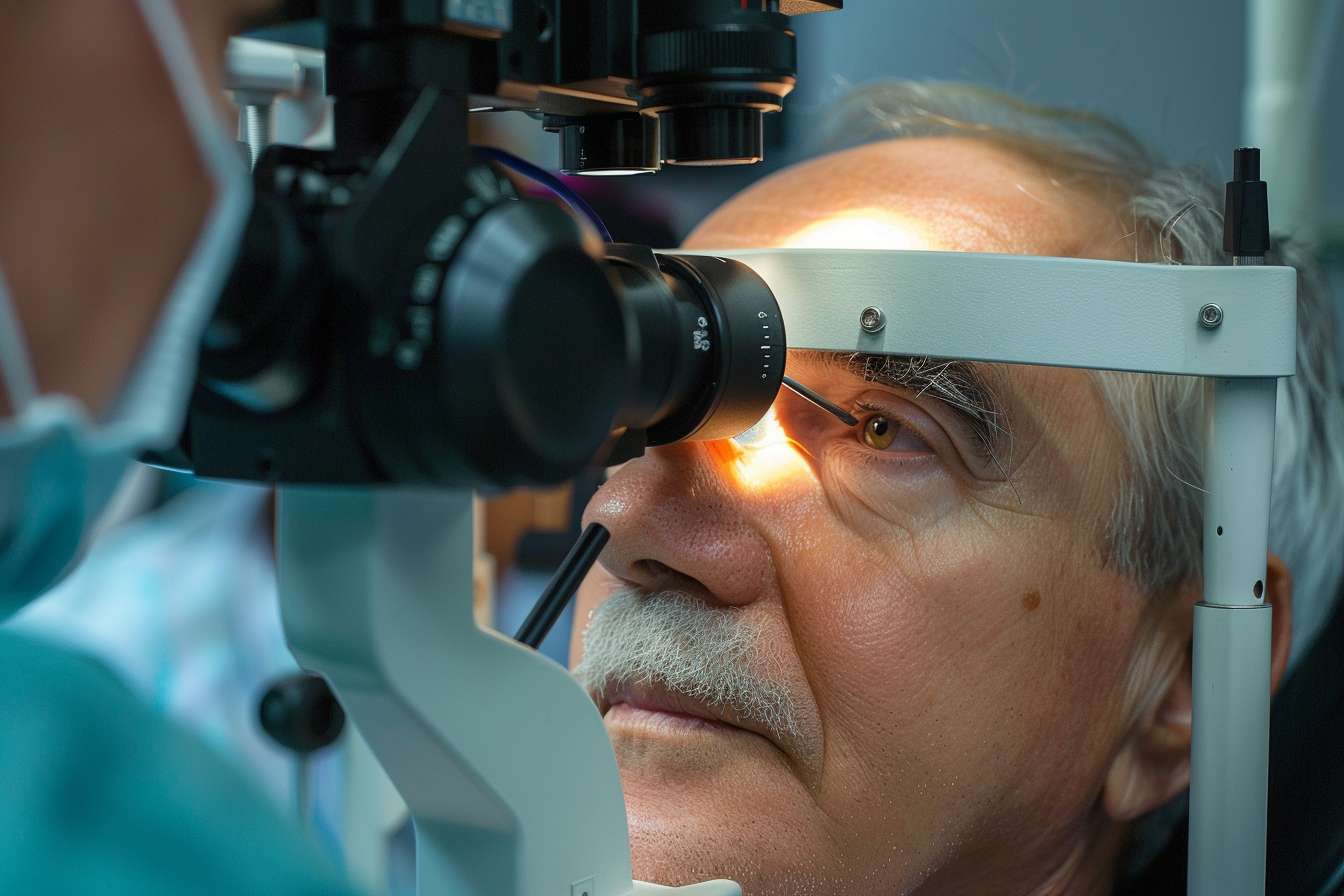Cataract Surgery: A Common Procedure to Restore Clear Vision
Cataract surgery involves removing a clouded lens and replacing it with a clear artificial one. Learn what to expect before, during, and after the procedure.Cataracts are a common eye condition that primarily affects older adults, although they can occur at any age. They develop when the lens of the eye becomes cloudy, leading to impaired vision. This clouding is typically caused by protein clumping within the lens, which can obscure light from reaching the retina. As a result, individuals with cataracts often experience blurred or dim vision, difficulty seeing at night, and increased sensitivity to glare.

What Are Cataracts and How Do They Affect Vision?
Cataracts develop when proteins in the eye’s natural lens break down and clump together, creating a cloudy area that impairs vision. Common symptoms include blurred or dim vision, increased glare sensitivity, difficulty with night driving, and fading or yellowing of colors. While cataracts typically develop with age, factors like diabetes, eye injuries, and certain medications can accelerate their formation.
How Does Modern Cataract Surgery Work?
During cataract surgery, an ophthalmologist removes the clouded natural lens through a tiny incision using ultrasound technology (phacoemulsification). They then insert an artificial intraocular lens (IOL) to restore clear vision. The procedure typically takes 15-30 minutes per eye and is performed on an outpatient basis under local anesthesia.
What Non-Surgical Treatments Are Available for Early Cataracts?
For early-stage cataracts, several non-surgical approaches can help manage symptoms:
-
Updated prescription eyeglasses or contact lenses
-
Anti-glare coatings on lenses
-
Brighter lighting for reading and detailed tasks
-
Magnifying devices for close-up activities
These solutions may temporarily improve vision but cannot prevent cataract progression.
What Premium Lens Options Are Available for Cataract Surgery?
Modern cataract surgery offers various premium IOL options:
-
Monofocal lenses (standard, single-focus distance)
-
Multifocal lenses (multiple focus points for near and far vision)
-
Toric lenses (corrects astigmatism)
-
Extended depth-of-focus lenses (continuous range of vision)
-
Accommodating lenses (moves with eye muscles)
What Should Patients Expect During Recovery?
Recovery from cataract surgery typically involves:
-
Initial healing within a few days
-
Complete recovery in 4-6 weeks
-
Use of prescribed eye drops
-
Temporary vision fluctuations
-
Minimal physical restrictions
-
Follow-up appointments to monitor healing
What Are the Costs and Insurance Coverage Options?
| Surgery Type | Average Cost (per eye) | Typical Insurance Coverage |
|---|---|---|
| Standard Surgery with Basic IOL | $3,500 - $7,000 | Largely covered by Medicare/Insurance |
| Premium IOL Surgery | $4,500 - $12,000 | Partial coverage, patient pays upgrade |
| Laser-Assisted Surgery | $5,000 - $15,000 | May require additional out-of-pocket costs |
Prices, rates, or cost estimates mentioned in this article are based on the latest available information but may change over time. Independent research is advised before making financial decisions.
Most insurance plans and Medicare cover basic cataract surgery with standard IOLs. However, premium lens options typically require additional out-of-pocket expenses. Many surgical centers offer financing plans to help manage costs.
This article is for informational purposes only and should not be considered medical advice. Please consult a qualified healthcare professional for personalized guidance and treatment.



